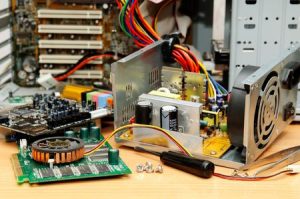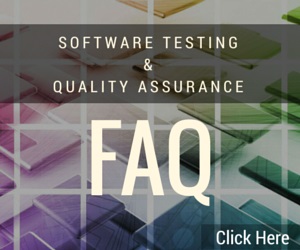 In addition to all of the systems that we routinely test on, our QA labs maintain a large number of what we call “off-matrix” systems.
In addition to all of the systems that we routinely test on, our QA labs maintain a large number of what we call “off-matrix” systems.
These range from the servers that run our infrastructure, to personal workstations, to systems dedicated long-term to a particular project, which are generally not available for regular project use. Every so often, we go through these systems and reclaim a few into our general compatibility testing inventory; while they are generally older hardware at that point, they can sometimes fill gaps in our existing inventory or provided some additional overhead capacity.
We’ve recently reclaimed the following into our lab testing pool:
- An iPhone SE (6S hardware in a 5-series shell), (now) running iOS 12. This is the last of the 4” iPhones, and always useful for testing how apps resize with very limited screen real estate. It’s also valuable for ensuring that app performance remains smooth on older hardware. Additionally, the small form factor makes it ideal for users who prefer compact devices. Keeping an SE on hand can help developers maintain a broad compatibility range.
- A 2014 Mac Mini. Nothing exceptional, but it fills a partial generational gap and is capable of running macOS 10.12, 10.13, and 10.14. It serves as a reliable machine for basic development and testing purposes. Its compatibility with multiple macOS versions ensures a broad testing environment for software. Despite its age, it remains a versatile tool for various development needs.
- A lab-built Core i5-4690. This will just be a spare system mostly for compatibility testing. It does have an (additional to our standing inventory) nVidia GeForce GTX 660Ti video card in it, giving us a viable SLI configuration for projects that need to check compatibility on systems rendering on multiple GPUs. This setup is particularly useful for testing high-performance applications. Additionally, it helps verify software’s stability and performance in a multi-GPU environment. Overall, it enhances our testing capabilities for more demanding graphical applications.
This lineup might not be the latest models, but they play a crucial role in our testing process. In the future, we will conduct more hardware testing and share here the hardware additions. Although updates associated with the hardware mentioned change from time to time, we will still test based on existing changes. And we will give you here our take.
As always, feel free to contact us if you have any questions regarding our quality assurance lab hardware or are interested in discussing our involvement in one of your projects.

 With Experience in Quality Assurance & Testing Desktop Software, Mobile Apps, Websites & Web Applications for Nearly 30 Years, Beta Breakers has become the Premier Software Quality Assurance Labs and Application-Testing Provider -
With Experience in Quality Assurance & Testing Desktop Software, Mobile Apps, Websites & Web Applications for Nearly 30 Years, Beta Breakers has become the Premier Software Quality Assurance Labs and Application-Testing Provider - 


Leave a Reply